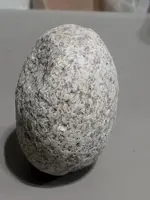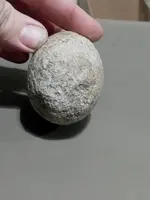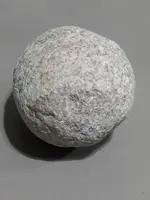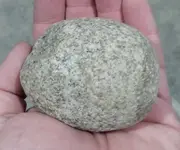iliveinahole
Jr. Member
- Joined
- Dec 20, 2021
- Messages
- 61
- Reaction score
- 126
- Golden Thread
- 0
- Location
- Eastern Oregon
- Primary Interest:
- All Treasure Hunting
Could once again use some help weeding out the true artifacts from the truly just rocks. Out of the four I'm posting, only one I am fairly confident, in my limited knowledge, of being genuine is the smallest one. The one with lines thru it, I was going to post elsewhere but does have one end that looks "used", so thought I'd run it by you all first.
Thanks in advance
Thanks in advance
Attachments
-
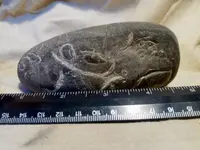 20211228_161938.webp406.9 KB · Views: 114
20211228_161938.webp406.9 KB · Views: 114 -
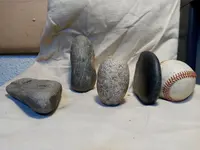 20211228_170734.webp480 KB · Views: 131
20211228_170734.webp480 KB · Views: 131 -
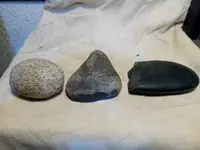 20211228_165017.webp537.1 KB · Views: 101
20211228_165017.webp537.1 KB · Views: 101 -
 20211228_164825.webp424.3 KB · Views: 105
20211228_164825.webp424.3 KB · Views: 105 -
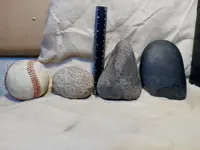 20211228_164613.webp493.5 KB · Views: 107
20211228_164613.webp493.5 KB · Views: 107 -
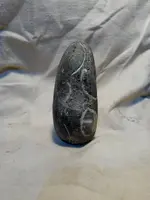 20211228_162308.webp832.3 KB · Views: 110
20211228_162308.webp832.3 KB · Views: 110 -
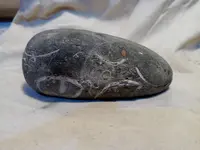 20211228_162044.webp664.7 KB · Views: 97
20211228_162044.webp664.7 KB · Views: 97 -
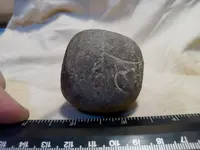 20211228_162032.webp352.3 KB · Views: 120
20211228_162032.webp352.3 KB · Views: 120
Upvote
1




